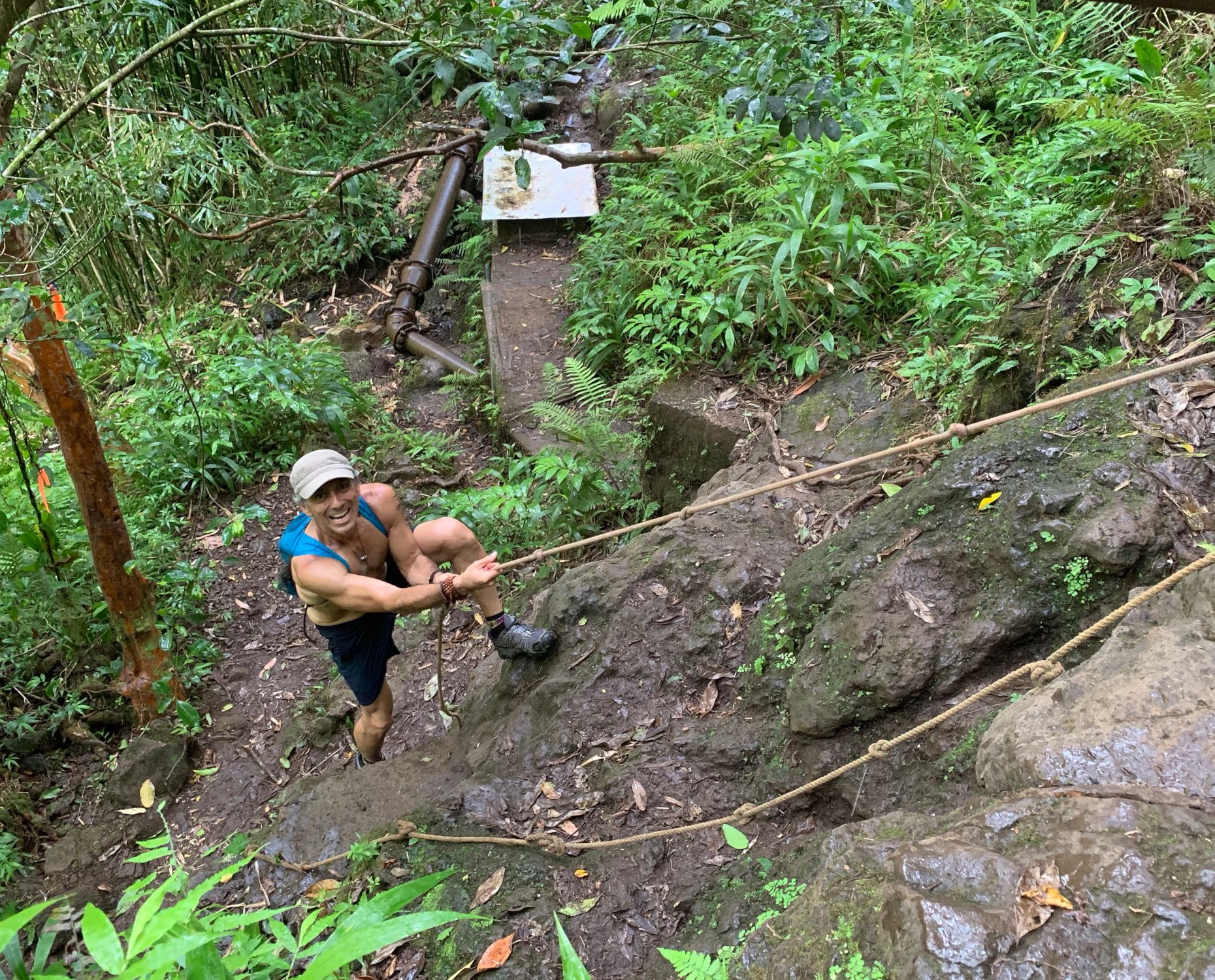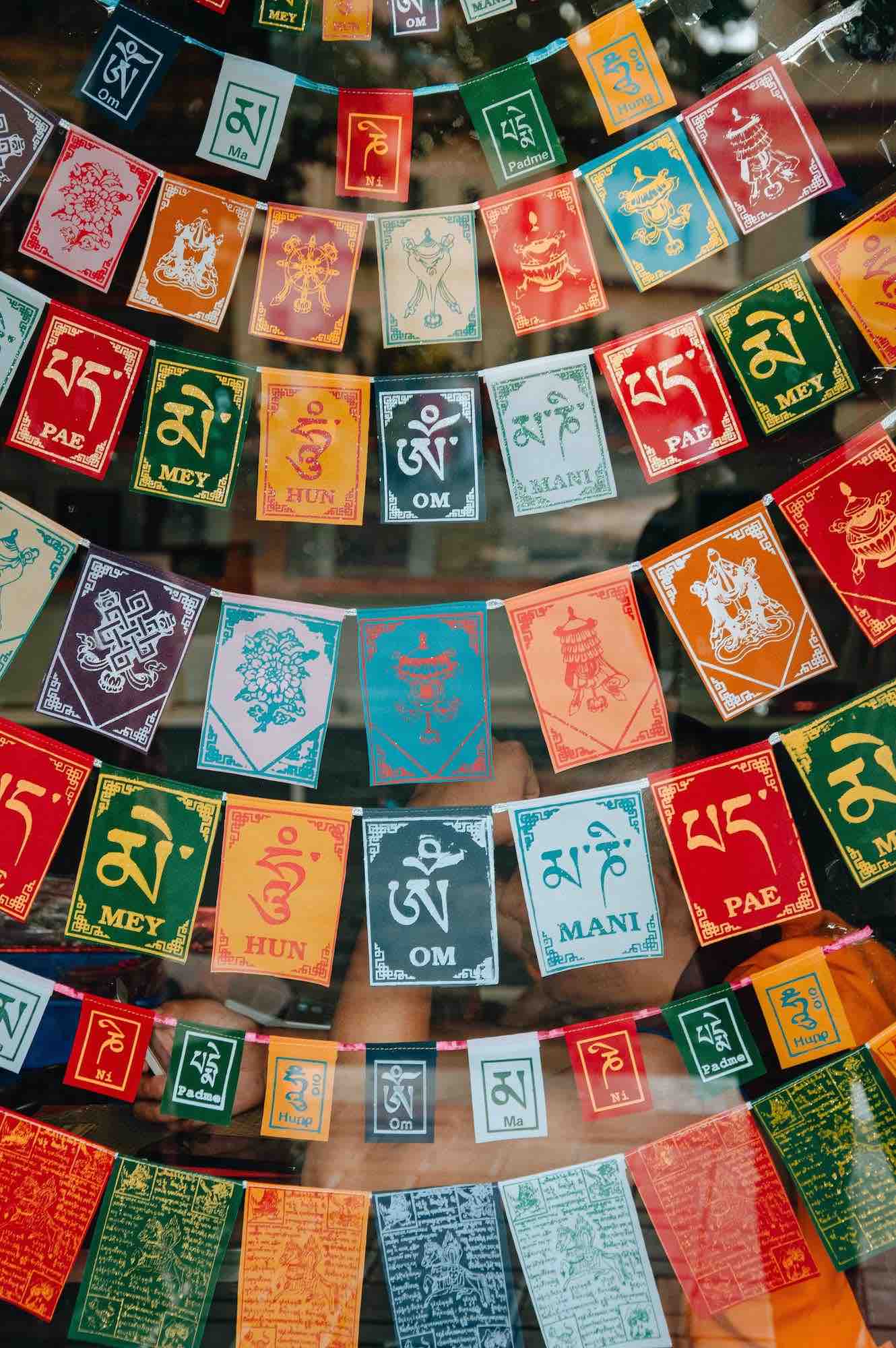The South Asia region consists of Afghanistan in the northwest until Bangladesh in the east and from Nepal in the north to Sri Lanka in the south. The Indian subcontinent consists of India, Pakistan, Bangladesh (British rule), and, until 1936, Burma (now Myanmar), part of British India but was not considered part of the subcontinent. The term “South Asian” originated in the 1950s as a replacement for the term “Indian subcontinent” after 1947 (British rule) to avoid confusion and the focus solely being on India. The term South Asian was adopted widely in Western countries, including the United States. While many Desi in the West relate to the term South Asians, many Indians from India connect to the phrase Indian subcontinent (to me either or is fine). Which brings me to an important question: When (or) was Yoga ever colonized?
When I typed in the question to search online, I received “how to decolonize” but no information of when and by whom. If you look at it from a colonial mindset, you will see the signs. However, if you look at it from India’s history, which goes way back, then it reveals that Hindus were never permitted to openly practice their faith and yoga even then. They had to take their practices indoors – hence indoor temples and home practices began.
Yoga was brought to the West by Swami Vivekananda in the late 1800s, and with time its popularity grew, but the essence or core aspect of this philosophy was slowly being replaced with a more physical and white-washed version of yoga. Along with growth and demand comes capitalism (an economic system). When something is being capitalized, there is bound to be greed, loss of integrity, control, lack of representations, and misinformation of knowledge. But what is even more surprising is when yoga activists become the controlling voices and share their ideas of history, philosophy, and culture without any ethical research. There is a rise of courses and trainings centered around the question of what yoga, cultural appropriation, and decolonization is. Is this not capitalizing on the current situation, and are we as yoga teachers really qualified? Do we have the authority to speak on all things related to culture, scriptures, history, politics, religion, and to teach these without any formal training qualifications?
Food for Thought
While I do believe it is important to take the necessary steps and work toward changing the way yoga is being portrayed and taught in the West, it is also important to include marginal voices. It is vital to read up on our history, which dates back to the Greeks and ends with the British Raj. I mention this because it is relevant in putting things into context and not picking and choosing what suits the present narratives. For change to happen, it is vital for all platforms to include and learn from all voices, even those with a different point of view. It’s called inclusivity!
I am not alone in saying that I struggle to understand why many are so focused on creating boundaries, divisions, and rules and proclaiming what is being appropriated and what should be taught. Sounds like divide and conquer!
India is a diverse country with 28 states, eight union territories (federal territories governed by the central government of India), and 23 recognized languages. Each state has its own unique culture. So how is it possible to set strict boundaries or guidelines? (Something to think about…)
The term “cultural appropriation” is not only foreign to many but was also first used and nurtured within Western academia (a long read, written by Kenneth Coutts Smith in 1976). It referred to Western colonialism and its relationships between European and other global cultures.
Human beings by nature are always hungry; the more we have, the more we want. The difference between animals and us is that one knows when their belly is full while the other will crave more! The complexity of our mind is the root of all suffering. Controlling our vritti (“mind chatter” or “monkey mind”) requires deep understanding, which can come from practicing yoga in its true entirety. Through learning and understanding comes respect for the practice, culture, and its people.
When a movement excludes voices that have a different say or outlook in the matter, or when history or philosophy is taken out of context to promote a personal or movement’s agenda, then there is a lack of credibility – with this comes harm. You end up with an unbalanced and unfair representation of Yoga and cultural appropriation. History books did just that by putting forth views that suited a dominant party and voice.
Yoga will remain universal, but it is also subjective and personal in nature. What requires changing is the manner and way in which yoga is being taught in teacher trainings and studios. Visibility of South Asian/Indian teachers is key; without our voices, this practice would remain void, inauthentic, and inaccessible. What do you think will happen, if one takes on the role of being the gatekeeper to control narratives and shame others for having a view that is different from the controlled views? I shudder at the thought!
When we cling to our opinions, views, rights, and boundaries, we are in adharma, encouraging ahmkara (“ego”) to rise and, in the process, moving further away from the focused goal of creating change. This leaves me with: Is Yoga really being decolonized or recolonized?














